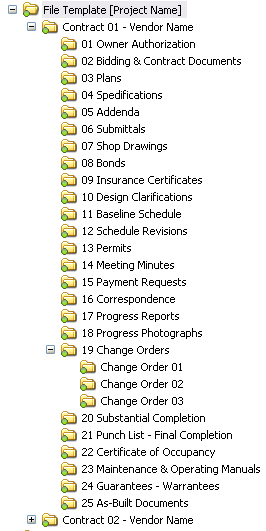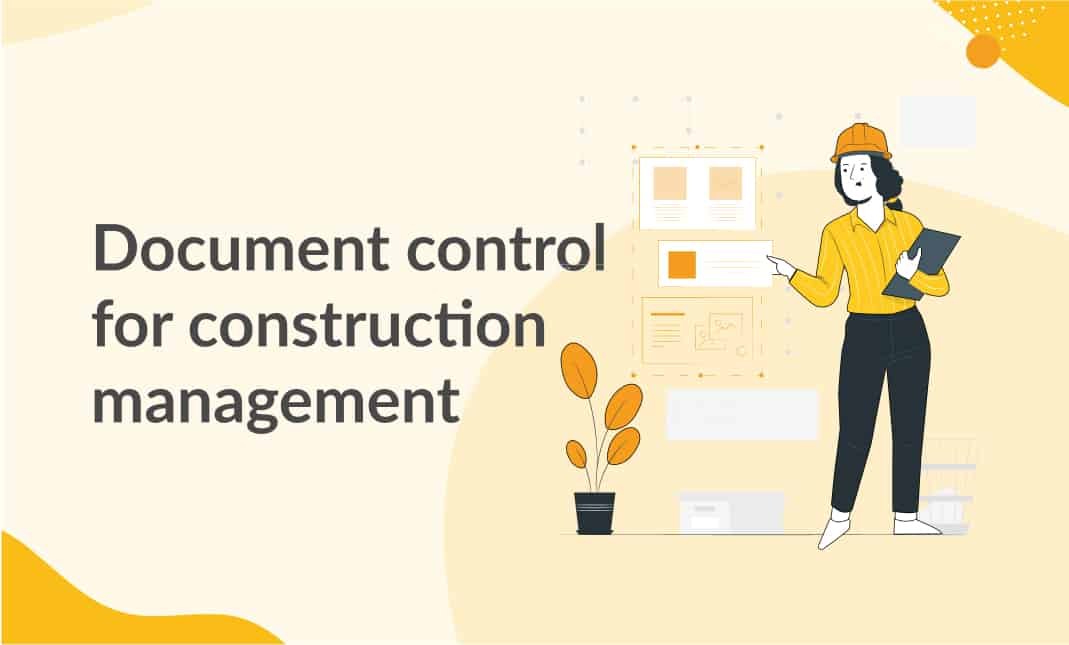Enhancing Operations Performance: Designer's Professional Methods for Building And Construction Paper Administration
In the world of architectural design and construction, the meticulous management of documents stands as a foundation for job success. Architects employ numerous approaches to improve workflow effectiveness and enhance building paper monitoring procedures. From experienced company methods to the assimilation of collaborative platforms and the execution of safe and secure information administration solutions, engineers browse a complicated landscape of tools and practices. In the middle of this intricacy, a choose few specialist methods have arised as vital in optimizing process efficiency. These strategies not just guarantee smooth job development yet also hold the essential to opening enhanced productivity and accuracy in the complex realm of construction record management.
Secret Document Company Methods
When taking care of building records, among the vital techniques that architects utilize is establishing a systematic and efficient organization system. This system normally involves classifying documents based upon their kind, such as drawings, requirements, agreements, and permits. By producing distinct and clear categories, engineers can quickly locate specific details when needed, conserving time and decreasing errors in the construction procedure.
Within each category, designers additionally arrange documents by using or creating subfolders numbering systems to signify alterations or versions (construction document management). This ordered framework guarantees that one of the most existing and relevant details is conveniently available while preserving a document of changes made throughout the project timeline
Additionally, engineers frequently use electronic record management platforms that use attributes like keyword search functions, version control, and gain access to limitations to boost organization and cooperation among job stakeholders. These devices streamline the file access process, promote real-time updates, and assist in seamless communication, inevitably adding to the total success of the building project.
Collaborative Platform Combination
To enhance record management performance in construction jobs, engineers seamlessly integrate collaborative platforms to enhance communication and enhance control among task stakeholders. By leveraging collaborative platforms such as task monitoring software, cloud-based storage systems, and communication devices, architects can create a centralized hub for all project-related documents and communication channels. These systems permit employee to accessibility, review, and team up on documents in real-time, reducing delays and the threat of errors related to standard record monitoring approaches.
Collective system combination also cultivates transparency and accountability within the task group, as all stakeholders have exposure right into the most current project updates and modifications. By centralizing communication and paper sharing, designers can ensure that all employee are working from one of the most up-to-date details, reducing the possibilities of disputes or misunderstandings developing due to obsolete documents.
In addition, collective systems allow seamless cooperation between designers, contractors, customers, and various other project stakeholders, advertising an extra effective and natural task process. By damaging down interaction barriers and promoting info exchange, architects can drive efficiency and innovation in construction jobs, inevitably causing successful job end results.
Version Control Best Practices
Executing efficient variation control techniques is essential for preserving record accuracy and consistency in building and construction projects. By establishing a clear system for managing modifications, task groups can ensure that everybody is functioning from one of the most up-to-date documents, minimizing the risk of mistakes and disparities during the construction stage.
Among the essential best techniques for version control is to assign one-of-a-kind identifiers to every file variation. This can be accomplished by utilizing a numbering system or day stamp that plainly indicates the order of alterations. By plainly labeling each model, staff member can conveniently track the development of the document and recognize the most recent variation.

Automation Tools for Efficiency

Record control software, like Procore or PlanGrid, systematizes job paperwork, making it easily obtainable to all stakeholders. These platforms permit real-time cooperation, version control, and automated backups, guarding against information loss. Furthermore, Building Information Modeling (BIM) software program automates the generation of building illustrations and makes certain that adjustments are integrated across all associated papers.
Incorporating automation devices with cloud storage space services even more boosts ease of access and security. By automating the paper management procedure, task groups can focus their time and initiative on value-adding tasks, eventually enhancing performance and project end results.
Secure Data Administration Solutions
Properly guarding and handling job data is paramount in the construction sector to ensure discretion and stability throughout the job lifecycle. Building companies can utilize encrypted find more cloud storage space services to firmly share and store project files with licensed workers.
In addition, making use of digital legal rights administration (DRM) devices adds an additional layer of protection by avoiding the unauthorized distribution or duplication of task files. Regular data backups are necessary to reduce the danger of data loss due to unanticipated conditions like hardware failings or cyber-attacks. Joint platforms with integrated safety and security features enable smooth communication and documents sharing amongst job employee while preserving information integrity.
Conclusion
In conclusion, implementing vital paper company techniques, integrating collaborative systems, exercising variation control finest techniques, utilizing automation tools, and taking on protected information administration solutions are essential methods for enhancing operations performance in building record management. These expert strategies can improve procedures, enhance interaction, guarantee precision, and keep data safety throughout the construction task lifecycle.
In the world of architectural design and building, the thorough management of files stands as a keystone for task success. These methods not just make certain smooth task development but likewise hold the key to unlocking boosted performance and precision in the detailed realm of construction document administration.
To optimize record monitoring performance in building and construction jobs, designers flawlessly integrate collaborative systems to boost interaction and streamline control among job stakeholders. These systems allow team participants to accessibility, testimonial, and team click here for info up on papers in real-time, minimizing hold-ups and the danger of errors associated with typical record administration methods.
Making use of automation devices in building record administration dramatically boosts efficiency and enhances processes for project groups. construction document management.